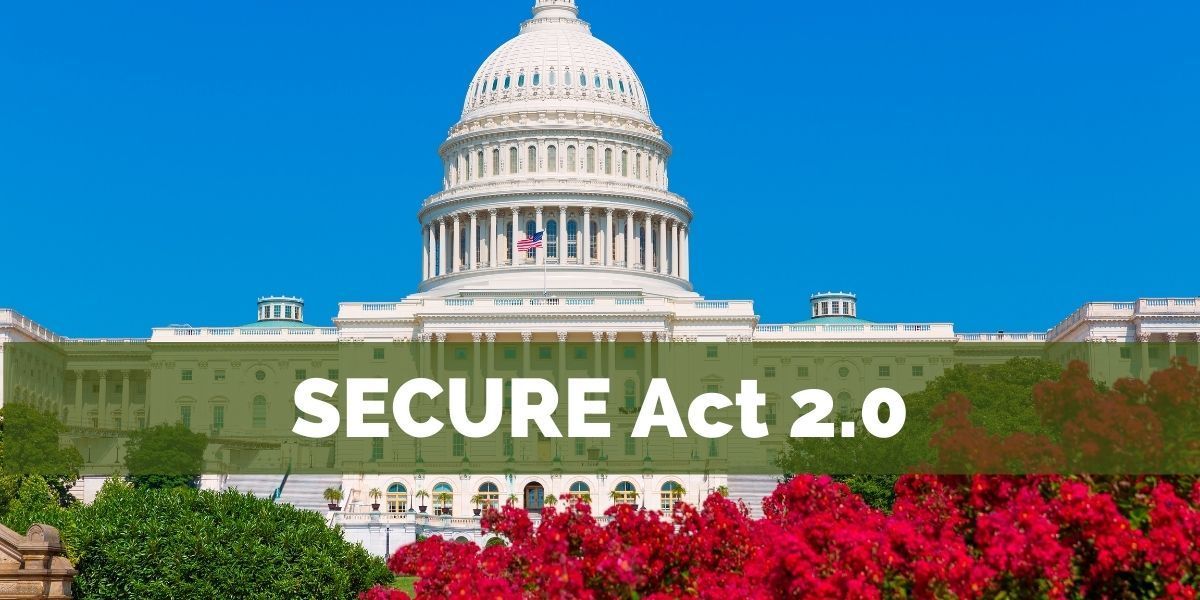We are excited to announce that, effective January 31st, 2025, KC Financial Advisors officially became CreativeOne Advisors Group. This change reflects our evolution since joining the CreativeOne Wealth family in 2021 and aligns with our commitment to offer you enhanced services, resources, and support tailored to your needs.
While our name is changing, our unwavering commitment to your financial success remains the same. You can continue to rely on the experienced team you know as CreativeOne Advisors Group, now backed by even greater resources and experience.
Thank you for allowing us to be a part of your financial journey. We’re excited about this next chapter and look forward to continuing to serve you with excellence.
Click the link to access our new website.
A Bucket Plan To Go With Your Bucket List
A way to help you prepare.
The baby boomers redefined everything they touched, from music to marriage to parenting and even what “old” means – 60 is the new 50! Longer, healthier living, however, can put greater stress on the sustainability of retirement assets. There is no easy answer to this challenge, but let’s begin by discussing one idea – a bucket approach to building your retirement income plan. The Bucket Strategy can take two forms.
The Expenses Bucket Strategy: With this approach, you segment your retirement expenses into three buckets:
* Basic Living Expenses – food, rent, utilities, etc.
* Discretionary Expenses – vacations, dining out, etc.
* Legacy Expenses – assets for heirs and charities
This strategy pairs appropriate investments to each bucket. For instance, Social Security might be assigned to the Basic Living Expenses bucket. If this source of income falls short, you might consider whether a fixed annuity can help fill the gap. With this approach, you are attempting to match income sources to essential expenses.1
The guarantees of an annuity contract depend on the issuing company’s claims-paying ability. Annuities have contract limitations, fees, and charges, including account and administrative fees, underlying investment management fees, mortality and expense fees, and charges for optional benefits. Most annuities have surrender fees that are usually highest if you take out the money in the initial years of the annuity contact. Withdrawals and income payments are taxed as ordinary income. If a withdrawal is made prior to age 59½, a 10% federal income tax penalty may apply (unless an exception applies).
For the Discretionary Expenses bucket, you might consider investing in top-rated bonds and large-cap stocks that offer the potential for growth and have a long-term history of paying a steady dividend. The market value of a bond will fluctuate with changes in interest rates. As rates fall, the value of existing bonds typically drop. If an investor sells a bond before maturity, it may be worth more or less than the initial purchase price. By holding a bond to maturity an investor will receive the interest payments due, plus their original principal, barring default by the issuer. Investments seeking to achieve higher yields also involve a higher degree of risk. Keep in mind that the return and principal value of stock prices will fluctuate as market conditions change. And shares, when sold, may be worth more or less than their original cost. Dividends on common stock are not fixed and can be decreased or eliminated on short notice.
Finally, if you have assets you expect to pass on, you might position some of them in more aggressive investments, such as small-cap stocks and international equity. Asset allocation is an approach to help manage investment risk. Asset allocation does not guarantee against investment loss. International investments carry additional risks, which include differences in financial reporting standards, currency exchange rates, political risk unique to a specific country, foreign taxes and regulations, and the potential for illiquid markets. These factors may result in greater share price volatility.
The Timeframe Bucket Strategy: This approach creates buckets based on different timeframes and assigns investments to each. For example:
* 1 to 5 Years: This bucket funds your near-term expenses. It may be filled with cash and cash alternatives, such as money market accounts. Money market funds are considered low-risk securities but they are not backed by any government institution, so it’s possible to lose money. Money held in money market funds is not insured or guaranteed by the Federal Deposit Insurance Corporation or any other government agency. Money market funds seek to preserve the value of your investment at $1.00 a share. However, it is possible to lose money by investing in a money market fund. Money market mutual funds are sold by prospectus. Please consider the charges, risks, expenses, and investment objectives carefully before investing. A prospectus containing this and other information about the investment company can be obtained from your financial professional. Read it carefully before you invest or send money.
* 6 to 10 Years: This bucket is designed to help replenish the funds in the 1-to-5-Years bucket. Investments might include a diversified, intermediate, top-rated bond portfolio. Diversification is an approach to help manage investment risk. It does not eliminate the risk of loss if security prices decline.
* 11 to 20 Years: This bucket may be filled with investments such as large-cap stocks, which offer the potential for growth.
* 21 or More Years: This bucket might include longer-term investments, such as small-cap and international stocks.
Each bucket is set up to be replenished by the next longer-term bucket. This approach can offer flexibility to provide replenishment at more opportune times. For example, if stock prices move higher, you might consider replenishing the 6-to-10-Years bucket, even though it’s not quite time. A bucket approach to pursue your income needs is not the only way to build an income strategy, but it’s one strategy to consider as you prepare for retirement.
This material was prepared by MarketingPro, Inc., and does not necessarily represent the views of the presenting party, nor their affiliates. This information has been derived from sources believed to be accurate. Please note – investing involves risk, and past performance is no guarantee of future results. The publisher is not engaged in rendering legal, accounting or other professional services. If assistance is needed, the reader is advised to engage the services of a competent professional. This information should not be construed as investment, tax or legal advice and may not be relied on for the purpose of avoiding any Federal tax penalty. This is neither a solicitation nor recommendation to purchase or sell any investment or insurance product or service, and should not be relied upon as such. All indices are unmanaged and are not illustrative of any particular investment.
Citations.
1 – webaddress.com [00/00/0000]
The post A Bucket Plan To Go With Your Bucket List appeared first on KC Financial Advisors.
KC Financial Advisors Blog




CONTACT US
OUR LOCATION
10975 Grandview Drive
Building 27, Suite 190
Overland Park, KS 66210
Get Directions
CONTACT US
OUR LOCATION
10975 Grandview Drive
Building 27, Suite 190
Overland Park, KS 66210
Get Directions
Investment advisory services are offered through CreativeOne Wealth, LLC, a Registered Investment Adviser. CreativeOne Advisors Group is a DBA of CreativeOne Wealth. Insurance services are offered through Licensed Insurance Professionals.










